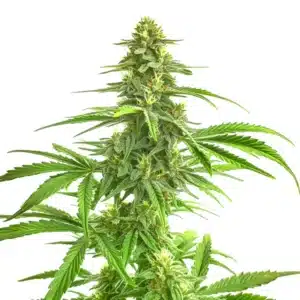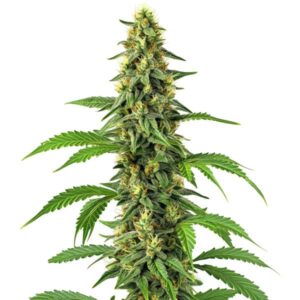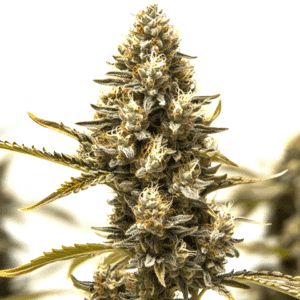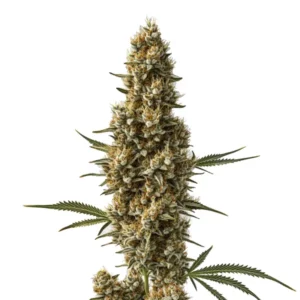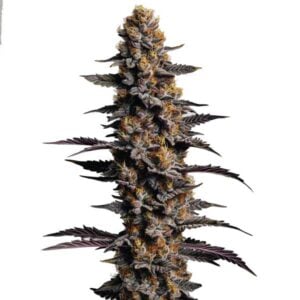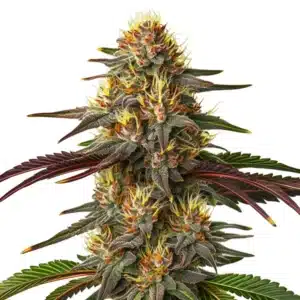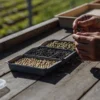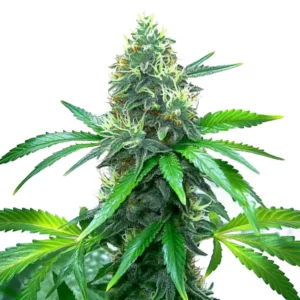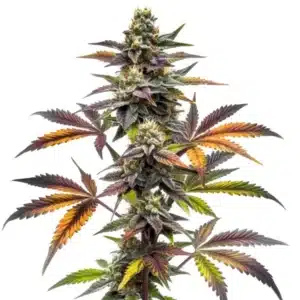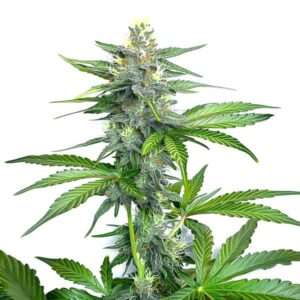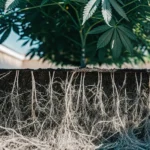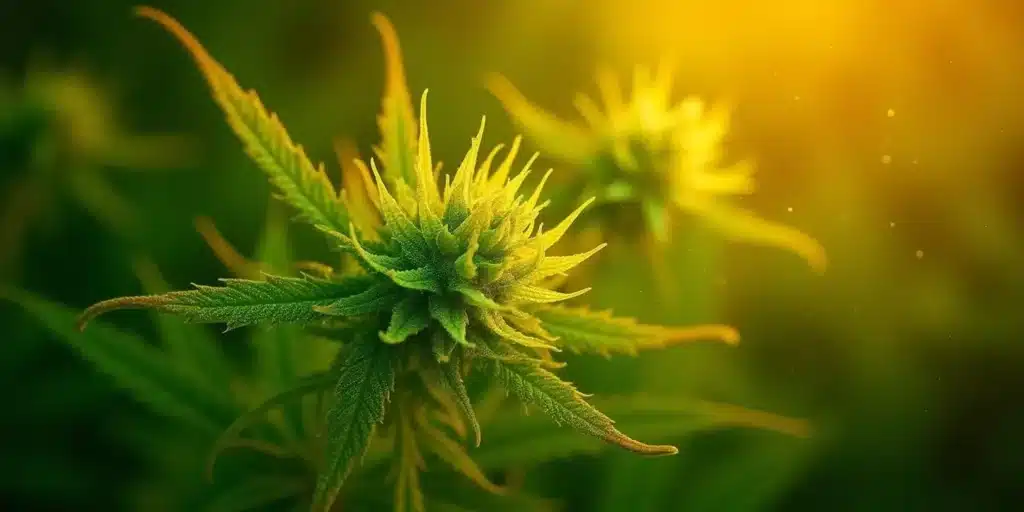
Delving Deep into Cannabis Endophytes
As you delve into the intricacies of cannabis cultivation, one term you might come across is “Cannabis Endophytes”. This term refers to the microscopic organisms that live within the cannabis plant, playing a vital role in plant health and productivity. Today, we’ll take a deep dive into this fascinating subject, shedding light on what exactly these endophytes are, their role in cannabis production, and the impact they can have on the yield of your cannabis plants.
Defining Cannabis Endophytes
Let’s start by defining what we mean when we talk about “Cannabis Endophytes”. The term ‘endophyte’ is derived from the Greek words ‘endō’, meaning ‘within’, and ‘phytón’, meaning ‘plant’. In simple terms, endophytes are microorganisms, typically bacteria or fungi, that live inside a plant without causing it any harm. In the case of cannabis, these endophytes live within the plant’s tissues, interacting with the plant in various beneficial ways.
Recommended Strains
These organisms are generally non-pathogenic, meaning they don’t cause disease. Instead, they can form symbiotic relationships with the host plant, aiding in nutrient uptake, enhancing resistance to pests and diseases, and even boosting plant growth.
Promos & Deals
Role of Endophytes in Cannabis Production
Endophytes play a significant role in the production of cannabis. They can help improve the overall health and vigor of the plant, thereby increasing yield. These microscopic allies can assist in nutrient uptake, facilitating the absorption of essential nutrients like nitrogen, phosphorus, and potassium. This can result in more robust, healthier plants that are better equipped to produce high-quality buds.
Endophytes can also aid in disease resistance. They can produce compounds that inhibit the growth of harmful pathogens, offering a form of natural protection against diseases. This can be particularly beneficial in cannabis cultivation, where diseases like bud rot and powdery mildew can wreak havoc on a crop.

Impact of Cannabis Endophytes on Yield
The impact of cannabis endophytes on yield can be significant. As we’ve already mentioned, these organisms can boost plant health and vigor, leading to stronger plants that are capable of producing more buds. But that’s not all. Some research suggests that endophytes can stimulate plant growth, leading to larger plants with increased bud production.
Moreover, endophytes can promote resistance to environmental stressors such as drought, heat, and salinity. By improving the plant’s resilience, endophytes can help ensure that your cannabis plants are able to thrive and produce a plentiful yield, even under less-than-ideal conditions.
Research on Endophytes in Cannabis Plants
Research on endophytes in cannabis plants is still relatively new, but the findings so far are promising. Studies have identified a diverse array of endophytes in cannabis, each with unique properties and potential benefits. Some of these endophytes have been found to produce cannabinoids and terpenes, the compounds responsible for the distinctive effects and flavors of different cannabis strains.
For instance, a study published in the journal “Cannabis and Cannabinoid Research” identified a variety of endophytic fungi in cannabis that can produce cannabinoids. This discovery opens up exciting possibilities for the use of these endophytes in the production of cannabinoid-based products. Another study, published in the “Journal of Natural Products”, identified endophytic bacteria in cannabis that can produce terpenes, potentially contributing to the plant’s aromatic profile.

Biological Control with Cannabis Endophytes
One particularly exciting aspect of cannabis endophytes is their potential for biological control. As we’ve mentioned, endophytes can produce compounds that inhibit the growth of harmful pathogens, offering a form of natural protection against diseases. This opens up the possibility of harnessing these endophytes as a form of biological pest control, potentially reducing the need for chemical pesticides in cannabis cultivation.
For example, a strain of endophytic bacteria known as Bacillus subtilis has been found to produce a variety of antimicrobial compounds, offering protection against a wide range of pathogens. Using such endophytes in cannabis cultivation could help keep plants healthy and productive, while also reducing the environmental impact of pesticide use.
Strains for Consideration
When considering the role of endophytes in cannabis cultivation, it’s worth noting that different cannabis strains may harbor different communities of endophytes. To illustrate this point, let’s look at three strains available from blimburnseeds.com.
First, we have the Wombat strain. This hybrid strain is known for its vigorous growth and high yield, traits that could potentially be influenced by the endophytes it harbors.
Next, there’s the OG Kush strain. This popular strain is renowned for its potent effects and distinct flavor profile, which could be linked to the terpene-producing endophytes it may host.
Finally, we have the Silver Surfer Haze strain. This sativa-dominant strain is known for its resilience, a trait that could be bolstered by endophytes that enhance disease resistance.
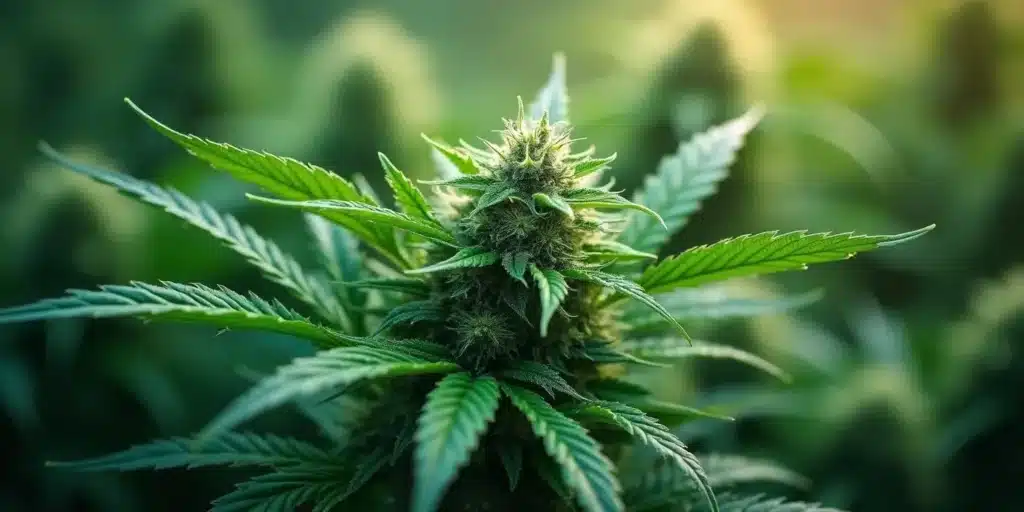
Frequently Asked Questions
What are cannabis endophytes?
Cannabis endophytes are microorganisms, such as bacteria and fungi, that live within the tissues of the cannabis plant without causing harm. These endophytes can form symbiotic relationships with the cannabis plant, aiding in nutrient uptake, enhancing disease resistance, and even promoting plant growth.
Research is still ongoing into the full range of benefits these endophytes can offer. However, they are already recognized as a key component of the plant’s health and productivity, influencing everything from yield to disease resistance.
How do endophytes impact cannabis yield?
Endophytes can have a significant impact on the yield of cannabis plants. They can help improve the overall health and vigor of the plant, aiding in nutrient uptake and promoting robust growth. This results in stronger plants that are better equipped to produce high-quality buds.
Additionally, endophytes can help cannabis plants resist diseases and environmental stressors, further bolstering yield. By enhancing the plant’s resilience, endophytes can help ensure that your cannabis plants continue to thrive and produce a plentiful yield, even under challenging conditions.
Can endophytes help control pests in cannabis cultivation?
Yes, endophytes can potentially help control pests in cannabis cultivation. Some endophytes produce compounds that inhibit the growth of harmful pathogens, offering a form of natural protection against diseases and pests. This opens up the possibility of using these endophytes as a form of biological pest control.
By harnessing these endophytes, growers may be able to reduce their reliance on chemical pesticides, leading to more sustainable and eco-friendly cultivation practices. However, more research is needed to fully understand the potential of these endophytes in pest control.
Do different cannabis strains have different endophytes?
Yes, different cannabis strains can harbor different communities of endophytes. These microbial communities can be influenced by a variety of factors, including the plant’s genetic makeup, environmental conditions, and cultivation practices.
This means that the endophytes found in one strain may differ from those found in another. As a result, different strains may benefit from different endophyte-mediated effects, such as enhanced nutrient uptake, increased disease resistance, or improved growth.
Can endophytes affect the flavor and effects of cannabis?
Research suggests that endophytes could potentially influence the flavor and effects of cannabis. Some endophytes have been found to produce cannabinoids and terpenes, the compounds responsible for the distinctive effects and flavors of different cannabis strains.
This opens up the possibility that endophytes could contribute to the unique characteristics of different cannabis strains. However, more research is needed to fully understand the role of these endophytes in shaping the sensory profile and effects of cannabis.


